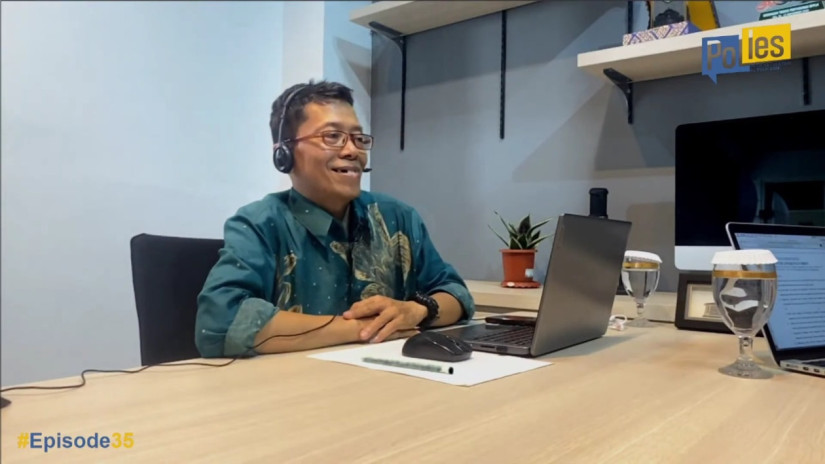
The picturesque south coast of Yogyakarta, adorned with dozens of shrimp ponds, is concealing a threat to its marine ecosystem. The daily discharge of waste through pipes directly into the open sea is wreaking havoc on ocean life.
This unsettling scenario has persisted for years, with a disturbing turn of events in 2019 when hundreds of lifeless fish were discovered floating along the beach.
After this incident, local fishermen voiced their grievances about the challenges they faced in catching fish over the past two years.
“Most of the south coast has been transformed into shrimp ponds. We have documented cases of stranded and deceased marine animals, including whales, dolphins, turtles, whale sharks, and others,” revealed Dr. Slamet Raharjo, a lecturer at the UGM Faculty of Veterinary Medicine, during the Lestari Podcast hosted by the UGM Center for Environmental Studies on Thursday (Nov. 30).
“These extreme occurrences have spiked in the last two years. Before the ponds, such cases could be counted on one hand per year. With the advent of the ponds, it has escalated.”
This phenomenon is believed to be a consequence of the deteriorating quality of seawater contaminated by waste from shrimp ponds, where wastewater is discharged directly into the sea without proper treatment.
While shrimp cultivation is undeniably vital for the economy, especially in fulfilling the protein requirements of the community, Dr. Raharjo emphasized that the strategic placement of shrimp ponds along coastal areas necessitates thorough consideration of their environmental impact, including implementing a responsible wastewater disposal system.
Shrimp ponds are classified as intensive cultivation, entirely managed by humans. Daily land preparation, feeding, and water exchange generate waste. Farmers provide feed with up to 38% protein content each day.
Consequently, metabolic waste from shrimp consuming this feed produces compounds like nitrate, nitrite, ammonia, and carbon monoxide. These compounds accumulate and, in sufficient quantities, pose a potential threat to ocean pollution.
“The uneaten feed settles, and it’s added every day. Microbes then produce ammonia. Ideally, the water from the pond, after harvesting, should be treated before being released into the sea,” he added.
“However, most of the time, it is directly dumped into the sea. These compounds then float and are carried away by currents.”
Eventually, the waste reaches the plankton habitat, a crucial oxygen-producing region in the ocean and the primary food source for whales. When whales consume plankton, they ingest the waste, leading to poisoning.
To prevent the recurrence of irresponsible waste disposal, a fundamental step involves revising permits for building ponds in coastal areas.
Dr. Raharjo noted that most pond owners along Yogyakarta’s south coast are large corporations, while local communities, often unaware of permit requirements, manage the ponds.
This complexity arises as corporations may overlook the environmental impact when establishing ponds.
“There needs to be an effort to regulate the permits. Shrimp is also a vital industry need. The more shrimp available, the more affordable they become in the market,” Dr. Raharjo said.
“Hence, many farmers strive to produce large and uniform-sized shrimp, often produced using high-protein feed. Therefore, specific permits are essential to regulate waste processing before discharging it into the sea.”
Author: Tasya

